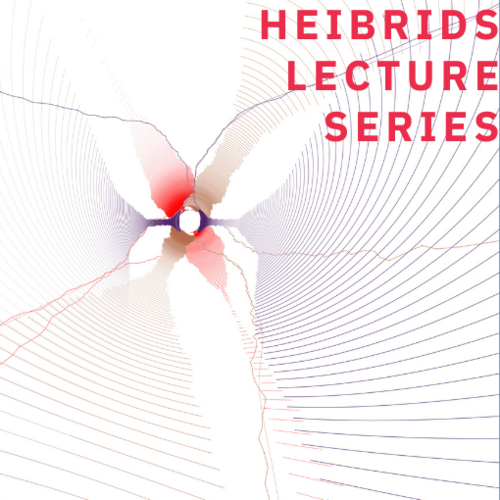TARS: Few-Shot Learning for Natural Language Processing
Speaker: Alan Akbik, Humboldt University
Due to the ever-growing amount of available structural protein and compound bioactivity data - from experimental sources or modeling approaches - computational methods to collect the data and put it to practical use are becoming more and more important. Thus, learning from the large pool of available data and using this knowledge for in silico predictions is of high practical value for target assessment and molecular property optimization. In this presentation, structural bioinformatics and cheminformatics methods will be introduced which can be applied in translational projects to guide the design of more active, selective and/or less toxic compounds. The presented methods are based on the structure-function relationship of protein-ligand interactions. Examples from the field of cancer research, i.e., protein kinase structures and inhibitors, as well as computerassisted compound toxicity prediction will be given. Finally, I invite everyone interested in our field to take a look at our TeachOpenCADD platform: projects.volkamerlab.org/teachopencadd/



